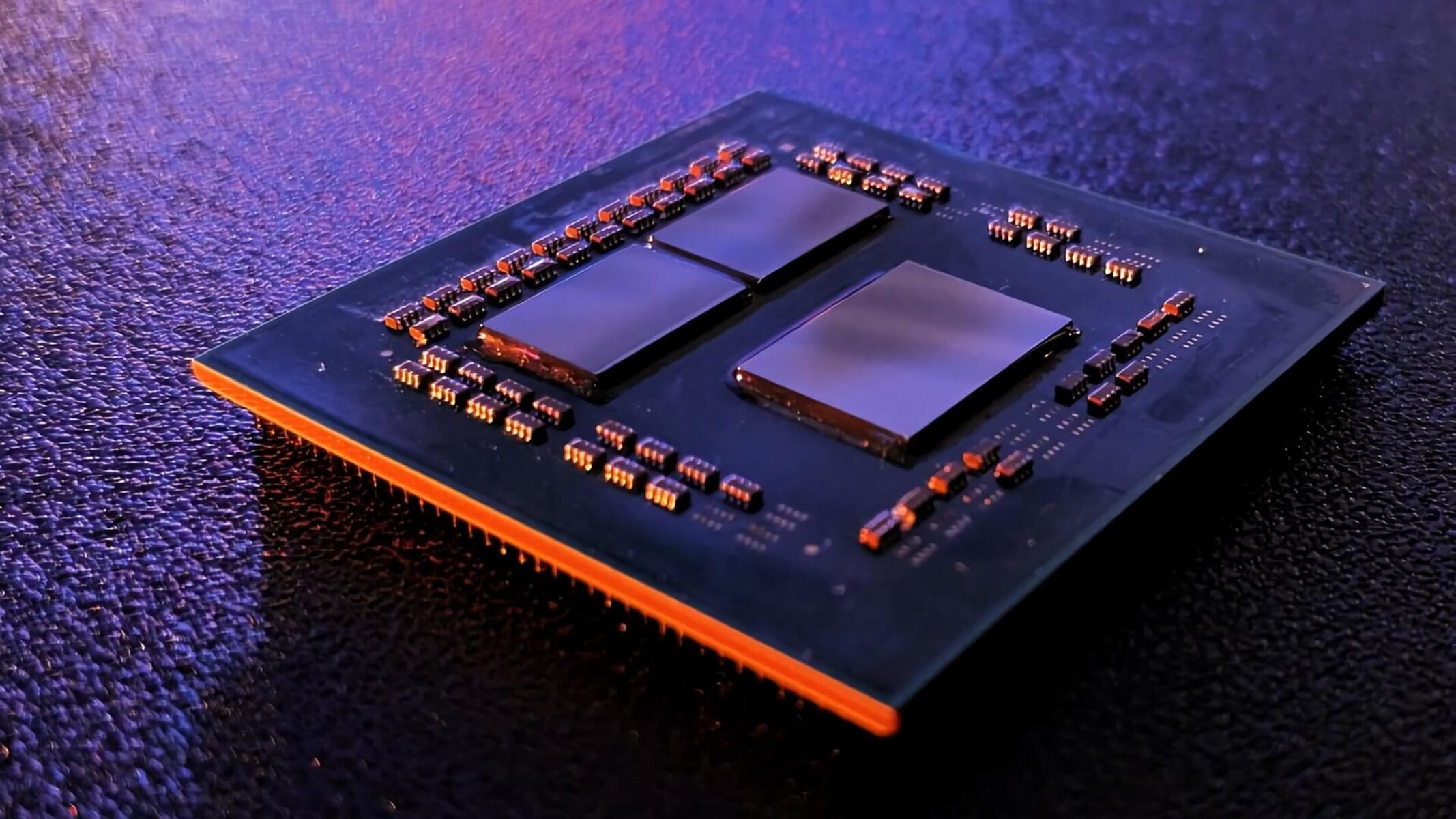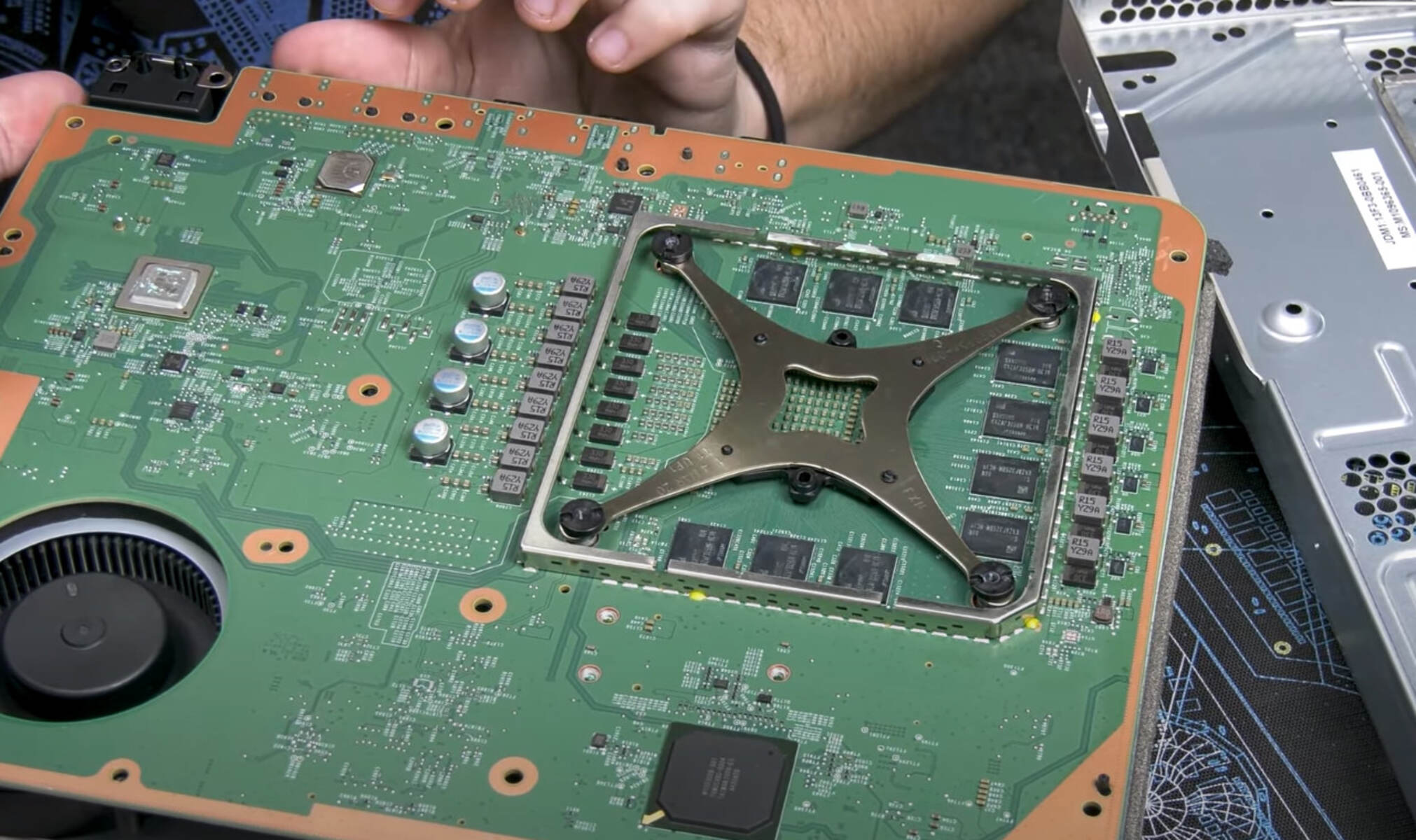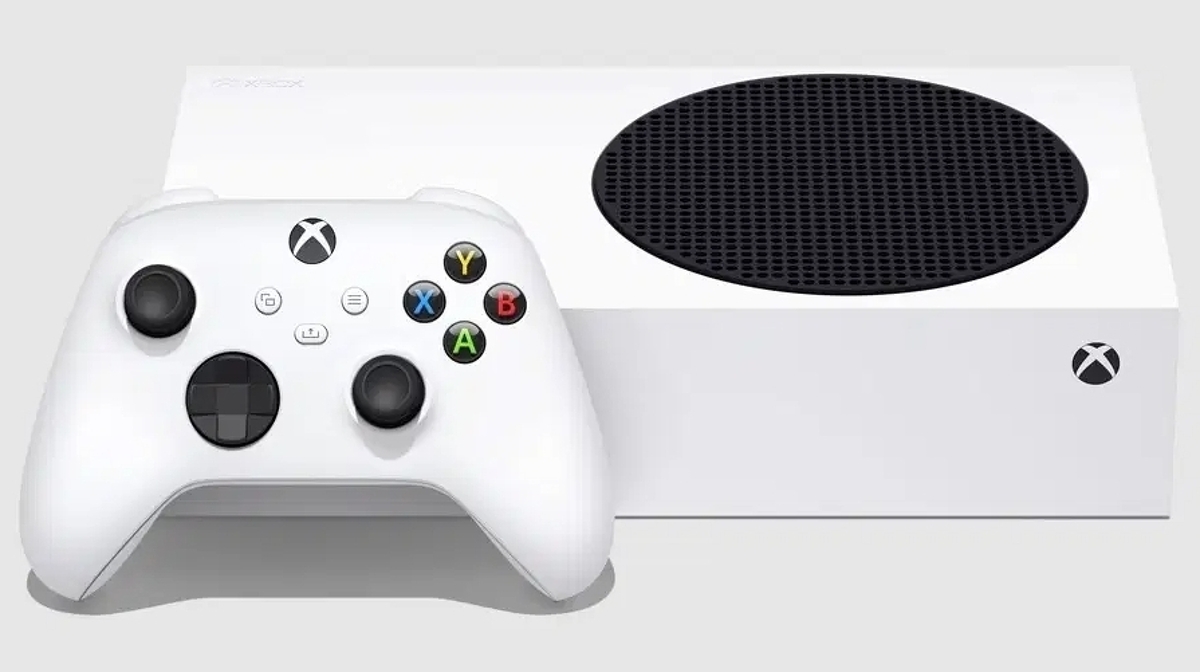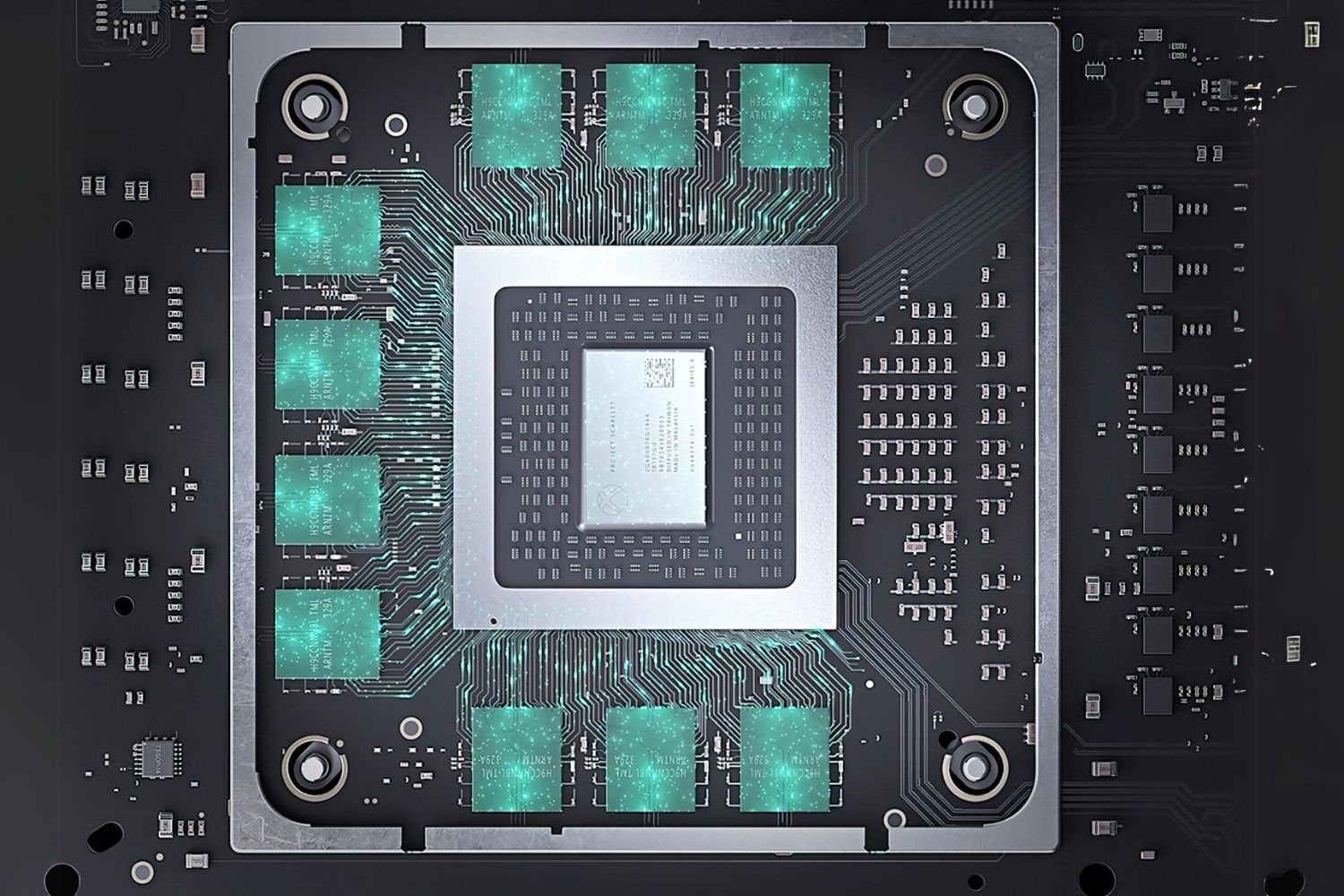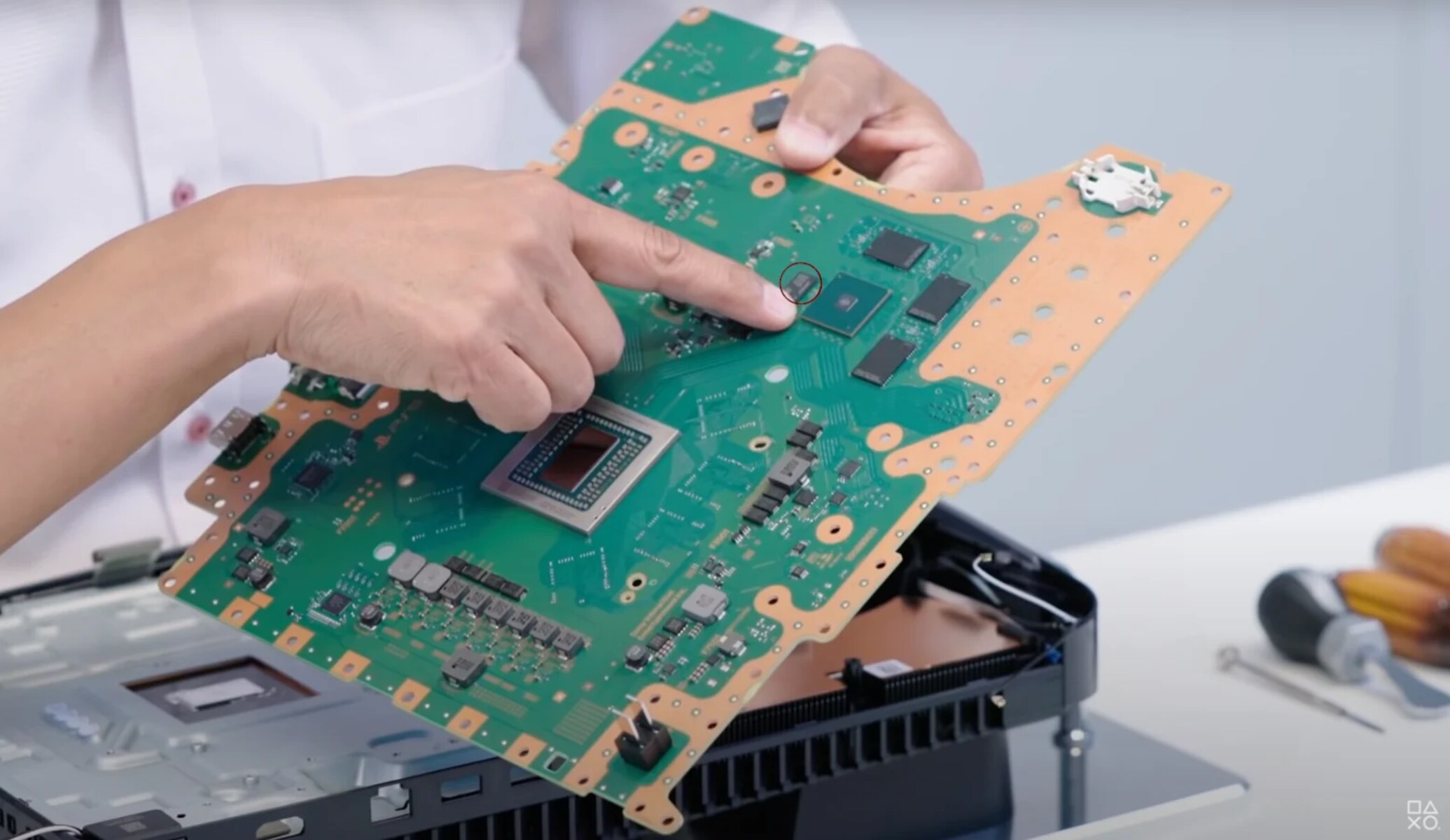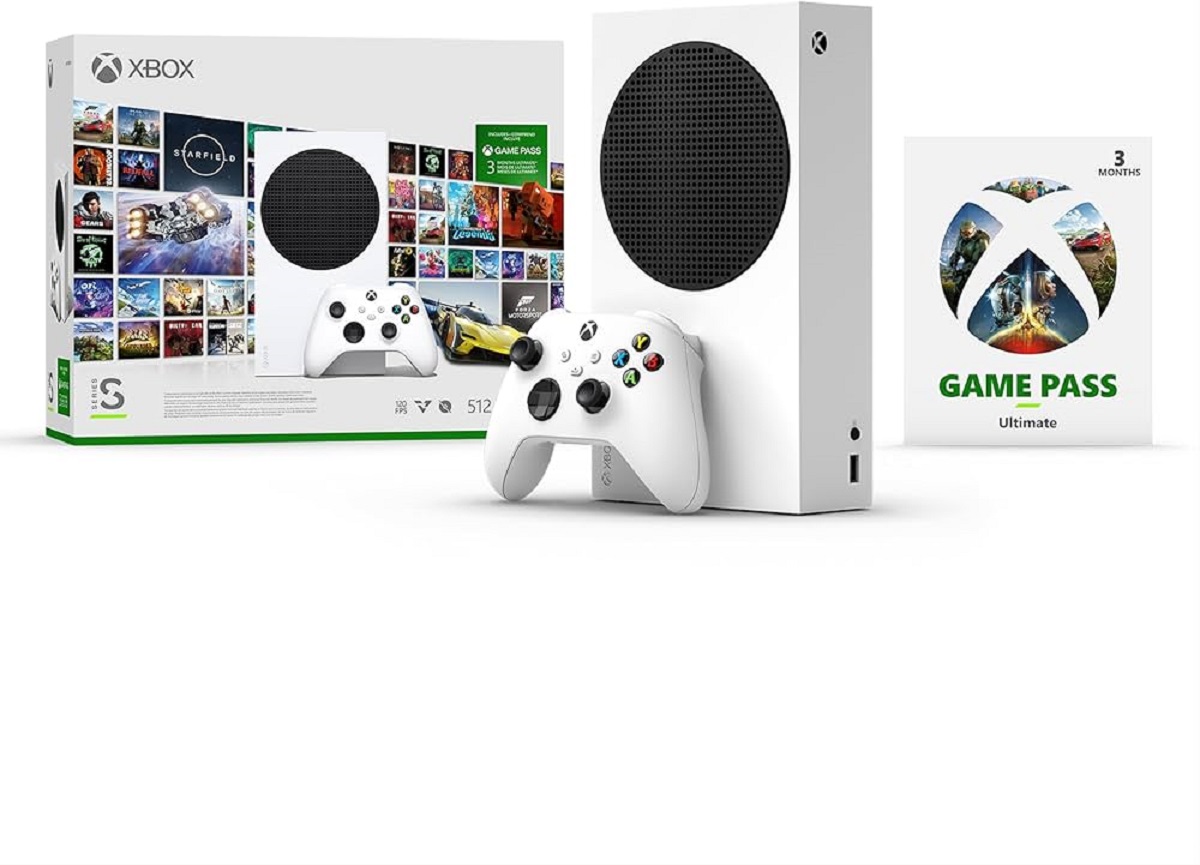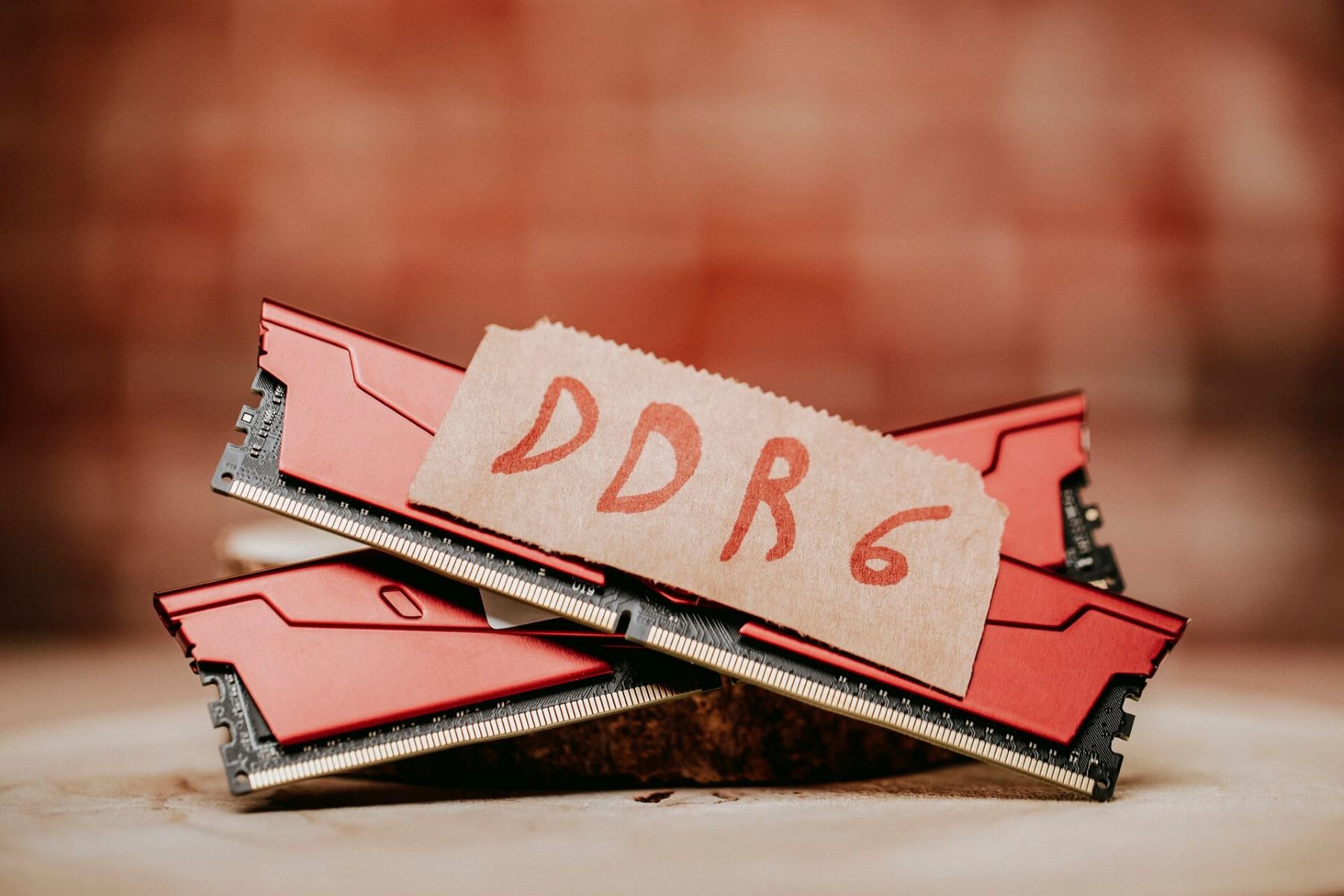Introduction
Welcome to the world of gaming, where technology continues to evolve and bring us immersive experiences like never before. With the recent release of the Xbox Series S, Microsoft has once again raised the bar in the gaming industry. As gamers eagerly anticipate getting their hands on this next-generation console, they may have questions about its specifications and capabilities. One crucial aspect that greatly impacts the console’s performance is its random access memory, commonly known as RAM.
RAM serves as a temporary storage space for the data needed by the console at any given time. It plays a vital role in handling the immense amount of information, such as game assets, textures, and AI calculations, that is required to deliver a seamless gaming experience. By understanding the RAM capacity of the Xbox Series S and how it functions, gamers can make informed decisions about their gaming setup and expectations.
In this article, we will delve into the specifics of the Xbox Series S’s RAM, exploring its capacity, virtual RAM, and the impact it has on overall gaming performance. Furthermore, we will compare the Xbox Series S’s RAM capabilities to other consoles in the market and discuss what is considered sufficient for a gaming system. By the end, you will have a comprehensive understanding of the crucial role RAM plays in enhancing your gaming experience.
Specifications of the Xbox Series S
Before we dive into the details of the Xbox Series S’s RAM, let’s first take a look at the console’s overall specifications. The Xbox Series S is a compact and more affordable version of its counterpart, the Xbox Series X. Despite its smaller size, it still packs a punch in terms of performance.
The Xbox Series S is powered by a custom AMD Zen 2 CPU with 8 cores, operating at a speed of 3.6 GHz. This allows for fast and efficient processing of game data, resulting in smoother gameplay and reduced loading times. The console also boasts a custom AMD RDNA 2 GPU, which delivers impressive graphics capabilities with support for real-time ray tracing. With these powerful components, the Xbox Series S is designed to deliver an immersive gaming experience with stunning visuals.
In addition to its impressive CPU and GPU, the Xbox Series S comes with a high-speed solid-state drive (SSD) with a capacity of 512 GB. This SSD provides lightning-fast storage, allowing games to load quickly and reducing in-game load times. The console also supports an external USB 3.1 hard drive for additional storage needs.
Furthermore, the Xbox Series S supports 1440p resolution, offering crisp and detailed visuals on compatible displays. It is also capable of upscaling games to 4K resolution, providing an enhanced gaming experience for those with higher-resolution displays. Additionally, the console supports High Dynamic Range (HDR) for improved color accuracy and contrast.
With these specifications, the Xbox Series S is a powerful gaming console that caters to gamers who prioritize affordability without compromising on performance. Its compact size and impressive capabilities make it an attractive option for those looking to enter the next generation of gaming.
RAM Capacity of the Xbox Series S
When it comes to the Xbox Series S, the console is equipped with 10GB of GDDR6 RAM. It is important to note that out of the total 10GB of RAM, 8GB is reserved for gaming purposes, while the remaining 2GB is allocated for the operating system and background processes.
While 10GB of RAM may seem smaller compared to the 16GB found in its sibling, the Xbox Series X, it is important to remember that the Series S is designed to deliver excellent performance in a more affordable package. The 10GB of RAM in the Xbox Series S is still more than capable of handling modern game titles and providing a smooth gaming experience.
The allocated 8GB of RAM dedicated to gaming allows the Xbox Series S to process and load game data quickly, resulting in reduced loading times and smoother gameplay. The high-speed GDDR6 RAM further enhances the performance by providing a fast and efficient way to access and store game assets, textures, and other essential data.
In addition to the physical RAM, the Xbox Series S also utilizes a technique called “Virtual RAM,” or VRAM. This technology dynamically allocates a portion of the console’s SSD as supplementary memory, effectively expanding the available RAM. This allows games to utilize additional memory resources when necessary, further enhancing the console’s performance.
With the combination of physical RAM and virtual RAM, the Xbox Series S delivers a seamless gaming experience, ensuring that games load quickly, run smoothly, and provide stunning visuals. This is crucial in delivering a captivating and immersive gaming experience for players.
In the next section, we will explore the impact that RAM has on gaming performance and why it is a crucial consideration for gamers.
SSD and Virtual RAM of the Xbox Series S
In addition to the physical RAM, the Xbox Series S takes advantage of its high-speed solid-state drive (SSD) to enhance the overall gaming experience. The console is equipped with a 512GB SSD, which provides lightning-fast storage and significantly reduces loading times for games.
The SSD in the Xbox Series S not only allows for quicker game installations and updates but also ensures that games load rapidly, getting you into the action faster. By utilizing SSD technology, the console eliminates the need for traditional hard drives, which are slower and can cause longer waiting times for games to load.
Furthermore, the Xbox Series S features a unique feature known as Virtual RAM (VRAM). This technology allows a portion of the console’s SSD to be utilized as supplementary memory, effectively expanding the available RAM for the system. By utilizing VRAM, the Xbox Series S can effectively optimize game performance and ensure smoother gameplay.
The incorporation of VRAM is a strategic move by Xbox, as it allows games to utilize additional memory resources when needed, without requiring a physical increase in RAM capacity. This means that even though the Xbox Series S has 10GB of physical RAM, the VRAM technology provides an additional boost in performance by dynamically allocating more memory when necessary.
The combination of an SSD and Virtual RAM in the Xbox Series S offers a significant advantage in terms of speed, performance, and overall gaming experience. With reduced loading times and the ability to quickly access and load game data, gamers can enjoy uninterrupted gameplay and seamless transitions between game worlds.
As technology continues to advance, the importance of high-speed storage and supplementary memory will only continue to grow. With the Xbox Series S’s SSD and VRAM technology, gamers can expect a remarkable gaming experience that pushes the boundaries of speed and performance.
Next, we will explore the impact that RAM has on overall gaming performance and why it is a crucial consideration when choosing a gaming console.
The Impact of RAM on Gaming Performance
RAM, or random access memory, plays a crucial role in determining the overall gaming performance of a console. It acts as a temporary storage space that allows the console to quickly access and process the necessary data for running games smoothly.
One of the primary benefits of having sufficient RAM is improved loading times. When a game is launched, it needs to load various assets such as textures, models, and audio files into memory to ensure seamless gameplay. A larger RAM capacity allows for more assets to be loaded simultaneously, reducing load times and ensuring a smoother gaming experience.
In addition to faster loading times, RAM also affects the level of detail and visual quality in games. With more RAM, the console can store and access high-resolution textures and complex models, resulting in more detailed and realistic graphics. Games with larger worlds or complex environments greatly benefit from larger RAM capacity, as it allows for smoother rendering and less pop-in of textures as the player moves through the game world.
Another important aspect influenced by RAM is the ability to handle multiple tasks simultaneously. In modern gaming, where multiplayer and online gaming are prevalent, consoles need to handle background processes such as voice chat, notifications, and system updates while running the game itself. Sufficient RAM capacity ensures smooth multitasking performance, allowing gamers to seamlessly switch between game and system functionalities without experiencing lag or slowdowns.
It’s worth noting that RAM alone is not the sole determinant of gaming performance. The CPU and GPU of a console also play significant roles. However, insufficient RAM can bottleneck the performance of these components, leading to decreased overall performance.
While the Xbox Series S features 10GB of RAM, with 8GB dedicated to gaming and 2GB for system usage, it is worth emphasizing that this is more than adequate for most gamers. The console is optimized to make efficient use of the available RAM and provides a smooth gaming experience, even for demanding games.
Now that we understand the impact of RAM on gaming performance, let’s compare the RAM capacities of the Xbox Series S with other consoles on the market to see how it stacks up.
Comparing the Xbox Series S to Other Consoles in Terms of RAM
When comparing the RAM capacities of different gaming consoles, it’s important to consider both the quantity and quality of the RAM. Let’s take a look at how the Xbox Series S’s RAM capacity compares to other consoles on the market.
The Xbox Series S comes equipped with 10GB of GDDR6 RAM, with 8GB dedicated to gaming and 2GB allocated for system usage. Although some may argue that 10GB is relatively less than what other high-end consoles offer, it’s essential to consider the target market of the Xbox Series S. This compact and affordable console is designed to deliver remarkable performance at an accessible price point, and its RAM capacity is more than adequate for the vast majority of gamers.
In comparison, the Xbox Series X, the sibling of the Series S, boasts an impressive 16GB of GDDR6 RAM. This higher capacity allows for more demanding games and intensive multitasking without compromising performance.
On the other side of the console war, the PlayStation 5 (PS5) also features 16GB of GDDR6 RAM. Similar to the Xbox Series X, the PS5 aims to provide a high-end gaming experience with its robust RAM capacity and powerful hardware.
While the Xbox Series S may have a smaller RAM capacity compared to its more powerful counterparts, it’s important to remember that the Series S offers significant cost savings while still delivering exceptional gaming performance. The optimized architecture and efficient memory management of the Xbox Series S ensure that games run smoothly without the need for excessive amounts of RAM.
Ultimately, when comparing RAM capacities, it’s crucial to consider the overall performance of the console as a whole. The Xbox Series S offers excellent value for its price, providing gamers with an affordable entry point into the next generation of gaming.
Now that we have compared the RAM capacities of various consoles, let’s explore how much RAM is considered sufficient for gaming and what factors to consider when choosing a gaming system.
How Much RAM is Sufficient for Gaming?
When it comes to determining how much RAM is sufficient for gaming, there are a few factors to consider. The RAM requirements for gaming can vary depending on the complexity and demands of the games being played, as well as the overall performance goals of the player.
For most gamers, a minimum of 8GB of RAM is generally considered sufficient for playing modern games. This capacity allows for smooth gameplay and multitasking without experiencing significant performance issues. However, as games become more graphically demanding and require more resources, having 16GB or even 32GB of RAM can provide a more future-proof gaming experience.
In addition to game requirements, other factors such as the operating system and background processes should also be considered. Operating systems, especially newer ones, can be memory-hungry, consuming a portion of the available RAM. Background processes like voice chat applications, streaming software, or system updates can also utilize RAM resources. To ensure smooth operation and the ability to multitask while gaming, having additional RAM is beneficial.
Furthermore, it’s important to note that consoles, including the Xbox Series S, are optimized for efficient memory management. This means that even with smaller RAM capacities, the consoles can make efficient use of the available resources and deliver a seamless gaming experience.
When considering how much RAM is sufficient for gaming, it’s important to strike a balance between performance and budget. While having more RAM typically improves overall performance, it may not be necessary for every gamer. If budget constraints are a concern, opting for a console like the Xbox Series S, with its 10GB of RAM, provides an excellent balance between affordability and gaming performance.
Ultimately, the RAM requirements can also depend on personal preferences and gaming habits. Some gamers may prioritize higher resolution graphics and more demanding games, while others may be content with less resource-intensive titles. Considering your gaming needs, future game requirements, and budget will help determine how much RAM is sufficient for your specific gaming setup.
Now that we’ve explored the RAM requirements for gaming, let’s wrap up the article by summarizing the key points and highlighting the significance of RAM in providing an optimal gaming experience.
Conclusion
In conclusion, RAM plays a vital role in determining the gaming performance of a console, including the Xbox Series S. With 10GB of RAM, the Xbox Series S provides an excellent balance between affordability and performance, ensuring a smooth and immersive gaming experience for most gamers.
The RAM capacity of the Xbox Series S allows for quick loading times, seamless multitasking, and the ability to handle demanding games. When combined with its high-speed SSD and VRAM technology, the console delivers impressive graphics, reduced load times, and enhanced overall performance.
While other consoles may offer higher RAM capacities, it’s important to consider the target market and pricing of the Xbox Series S. This compact and affordable console is optimized to make efficient use of the available RAM, providing an exceptional gaming experience at a budget-friendly price point.
Ultimately, the amount of RAM required for gaming depends on the complexity of the games being played, the demands of the operating system, and personal preferences. A minimum of 8GB is generally sufficient for most gamers, but having 16GB or more can provide a more future-proof gaming experience.
When choosing a gaming system, it’s important to consider various factors such as RAM capacity, CPU and GPU performance, storage speed, and budget constraints. The Xbox Series S offers a compelling option for gamers looking for an affordable console that doesn’t compromise on performance.
As technology continues to advance, RAM capacities are likely to increase, providing even more immersive gaming experiences. Whether you choose the Xbox Series S or another console, having sufficient RAM is crucial in delivering smooth gameplay, reducing load times, and enhancing overall performance.
So, gear up and get ready to embark on countless gaming adventures with the Xbox Series S, knowing that its RAM capacity and optimized design will ensure you have an incredible gaming experience every time you power it on.







